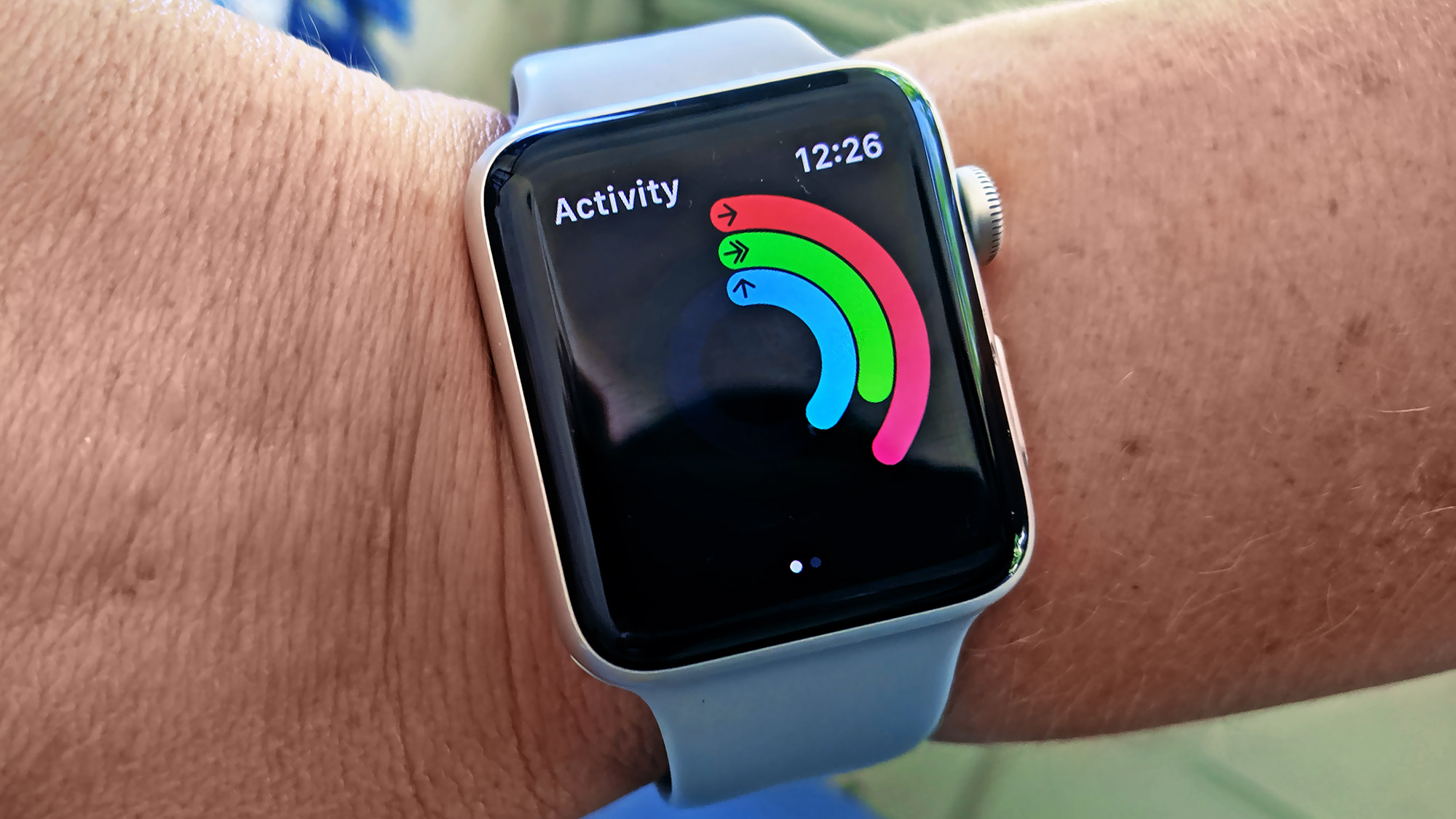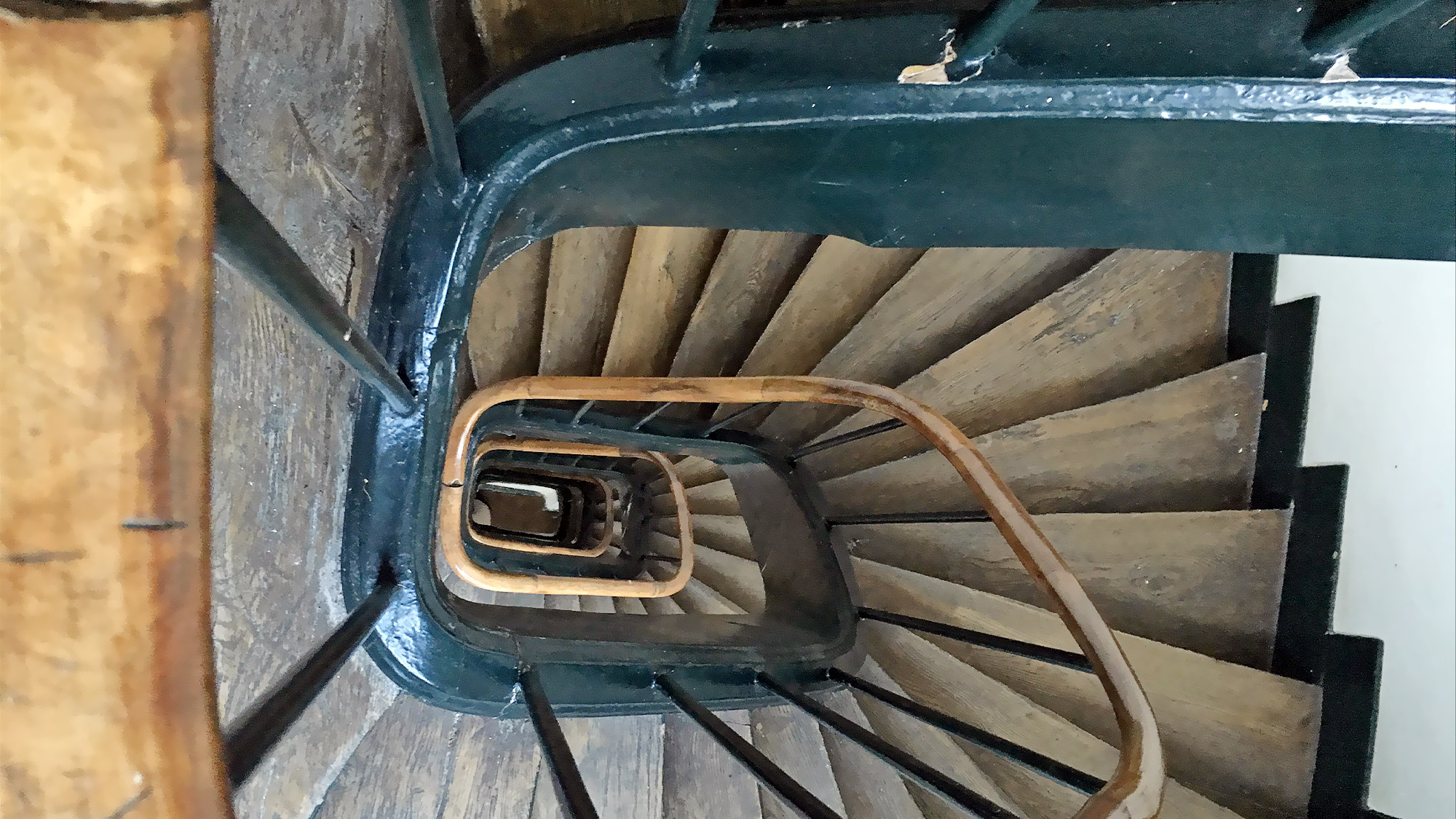4 Ways the Apple Watch Could Step Up on Fitness
The Activity app on the Apple Watch could stand a few fixes
I just got back from a family trip to France, during which I got to see the sights of Paris and Normandy alongside my wife, my daughter and the indefatigable fitness instructor who apparently lives inside of my wife's Apple Watch. One of these travel companions was less welcome than the others.

I'm not an Apple Watch wearer myself — I've never cared for any sort of wristwatch, smart or otherwise — but my wife loves hers. She finds the wrist-side notifications helpful and the navigation tools a welcome way to find her way around unfamiliar cities without having to wave around her iPhone. But for my wife, the Apple Watch's killer feature is the Activity app and its constant urging for her to close her Move, Exercise and Stand rings.
And that's actually a pretty good thing. Most of us aren't world-class athletes who can be self-motivated enough to get up out of our chairs and onto an exercise bike or treadmill. Any motivation you can find to be more active — even if it comes from an imaginary voice living inside your smartwatch — should be a welcome boost to your routine.
Still, there are limits to how helpful the Apple Watch's encouragement can be, and, boy, did we run into those limits during our trip. Apple may have successfully shrunken down a computer into something that fits comfortably on your wrist, but that's not to say there aren't times when its smartwatch feels pretty dumb.
Case in point: One day during our trip, we walked 12 miles. (Turns out there are a lot of sights to see in Paris!) My wife's reward from her Apple Watch? A message the next day that noted she doubled her exercise minutes, adding "What will you do today?" The Watch was even more unimpressed a few days later when our family also hit the double-digit mark in mileage. "You tripled your Move Goal yesterday," the Apple Watch told my wife. "Can you do it again today?"
Our response? No. No, we cannot, Apple Watch. Some days, you just want to rest your aching feet.
Adding insult to injury was the Apple Watch's steadfast refusal to log any stairs my wife climbed — literally a sore subject since our apartment in Paris was on the fifth floor of a winding staircase that we had to ascend and descend several times a day, all without the help of a sherpa. Going by the data logged on the Apple Watch, my wife never hiked up those stairs, even if our thigh muscles claimed differently. We suspect it's because my wife used the stairway's handrail like a sensible person, instead of bounding up five flights of stairs like Rocky charging up the steps of the Philadelphia Museum of Art. (Apple support forums are filled with complaints about the watch’s accuracy with stairs, and there are apparently settings that you can toggle to improve things, though it seems like it should just work.)

There are, of course, larger problems in the world than your smartwatch not accurately logging every step you take or exhorting you to keep pushing yourself beyond all limits of sensible encouragement. But if you subscribe to the theory of better living through actionable data, things like this do matter. And with Apple pushing the health and fitness benefits of its watch, it should matter even more inside the walls of Cupertino.
My wife, who may hold her Apple Watch in higher esteem than she does me, has given it some thought and came up with these four areas where the Activity app on her watch could smarten up.
- There's no accounting for the differences between weekdays and weekends. "I might be able to knock out a lengthy workout on a weekend morning," my wife said. "And then the next four weekdays, the Apple Watch is all 'Your Move and Exercise rings are usually further along by now.'"
- The Apple Watch doesn't seem to grasp the concept of rest days, which are an important part of any fitness routine. Our multi-mile walks through Paris may be an extreme example, but my wife has lost count of the number of times when, after a particularly rigorous workout, her Apple Watch exhorted her to do even more the next day.
- Forget about rest days — what about sick days? If you're in bed with a particularly nasty stomach virus, the last thing you should be doing is moving around. But that's exactly what your oblivious Apple Watch will be urging you to do, threatening to snuff your daily activity streak just because you're getting the bedrest your body needs. It may seem like a minor thing, but if you're using streaks and closed rings to motivate people, you have to account for how unfairly ending those streaks can be equally demoralizing.
- There's no opportunity to tweak the action prompts that the Apple Watch serves up to better meet your fitness and health-tracking goals, or to provide Apple with feedback on the ones you find helpful or otherwise.
There's a common theme to these complaints: The Apple Watch seems to regard the human body as just another machine that runs on a regular schedule without variance or maintenance required. And I don't know about you, but my body is most definitely not a machine. (If it is, I think I voided the manufacturer's warranty years ago.) Bodies need to move, yes, but they also need rest, recuperation and variety. The Apple Watch's Activity app, as it stands, is too inflexible to recognize that.
Apple's effort to turn its smartwatch from an iPhone companion into a health and fitness tracker has been a smart move for the company, and its planned changes with watchOS 6 coming this fall underscore how seriously Apple takes fitness. I'd just like to see more fine-tuning of some of the features that are already there, hopefully before the next time my family heads out of town.
Sign up to get the BEST of Tom's Guide direct to your inbox.
Get instant access to breaking news, the hottest reviews, great deals and helpful tips.
Philip Michaels is a Managing Editor at Tom's Guide. He's been covering personal technology since 1999 and was in the building when Steve Jobs showed off the iPhone for the first time. He's been evaluating smartphones since that first iPhone debuted in 2007, and he's been following phone carriers and smartphone plans since 2015. He has strong opinions about Apple, the Oakland Athletics, old movies and proper butchery techniques. Follow him at @PhilipMichaels.

